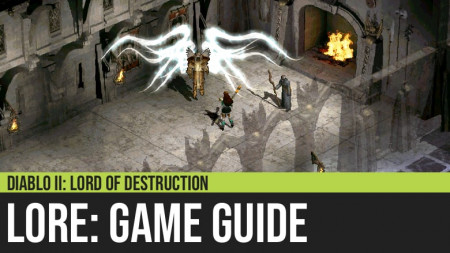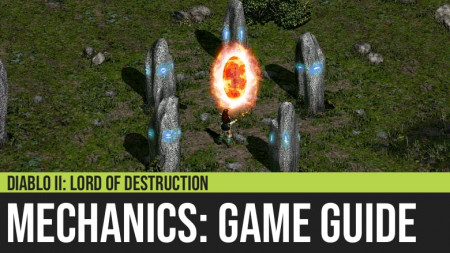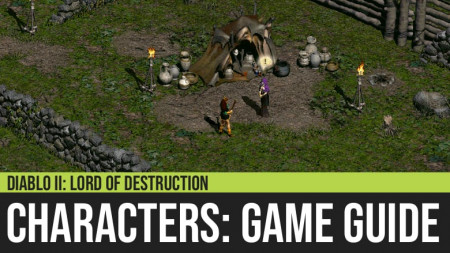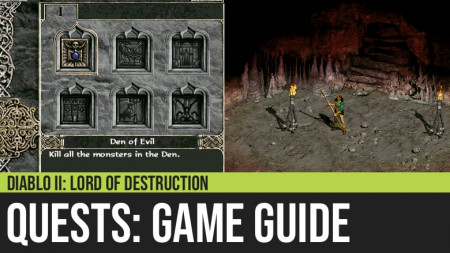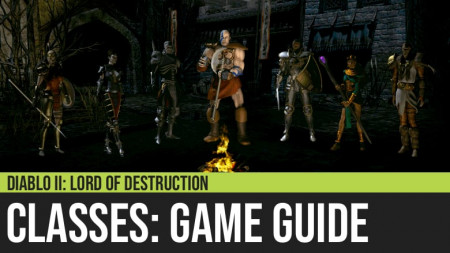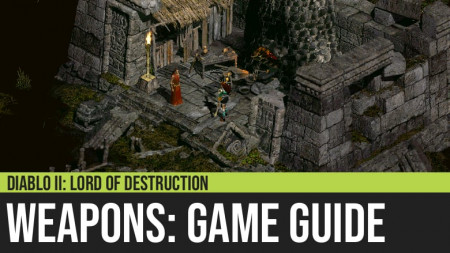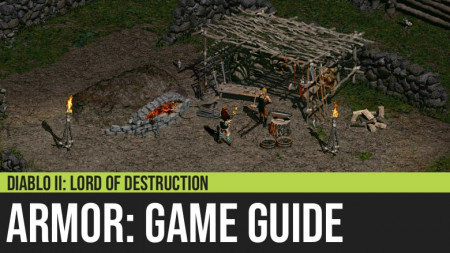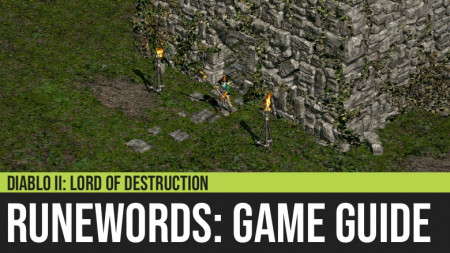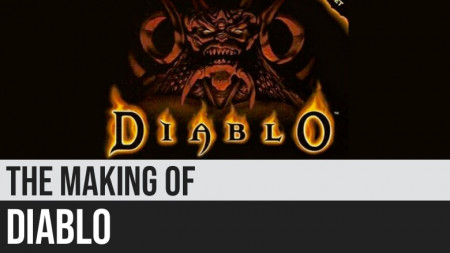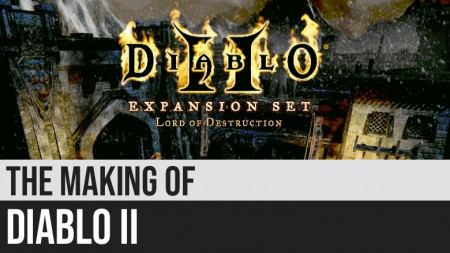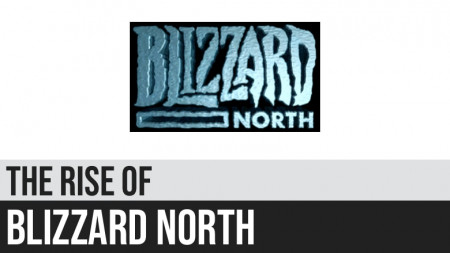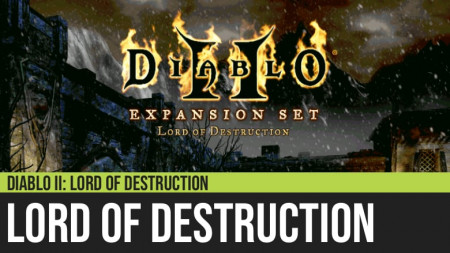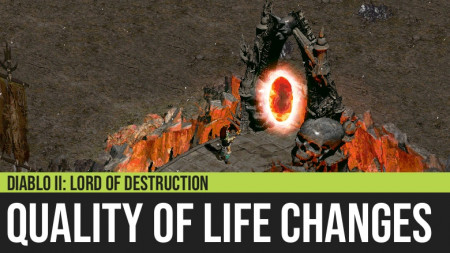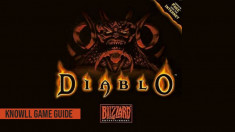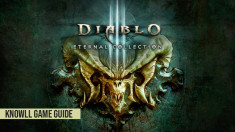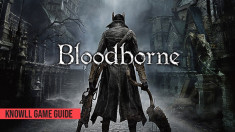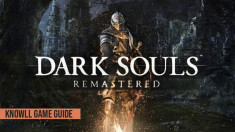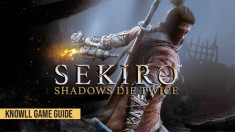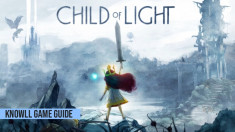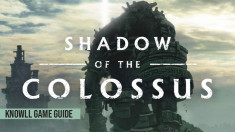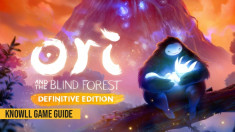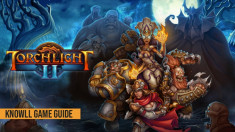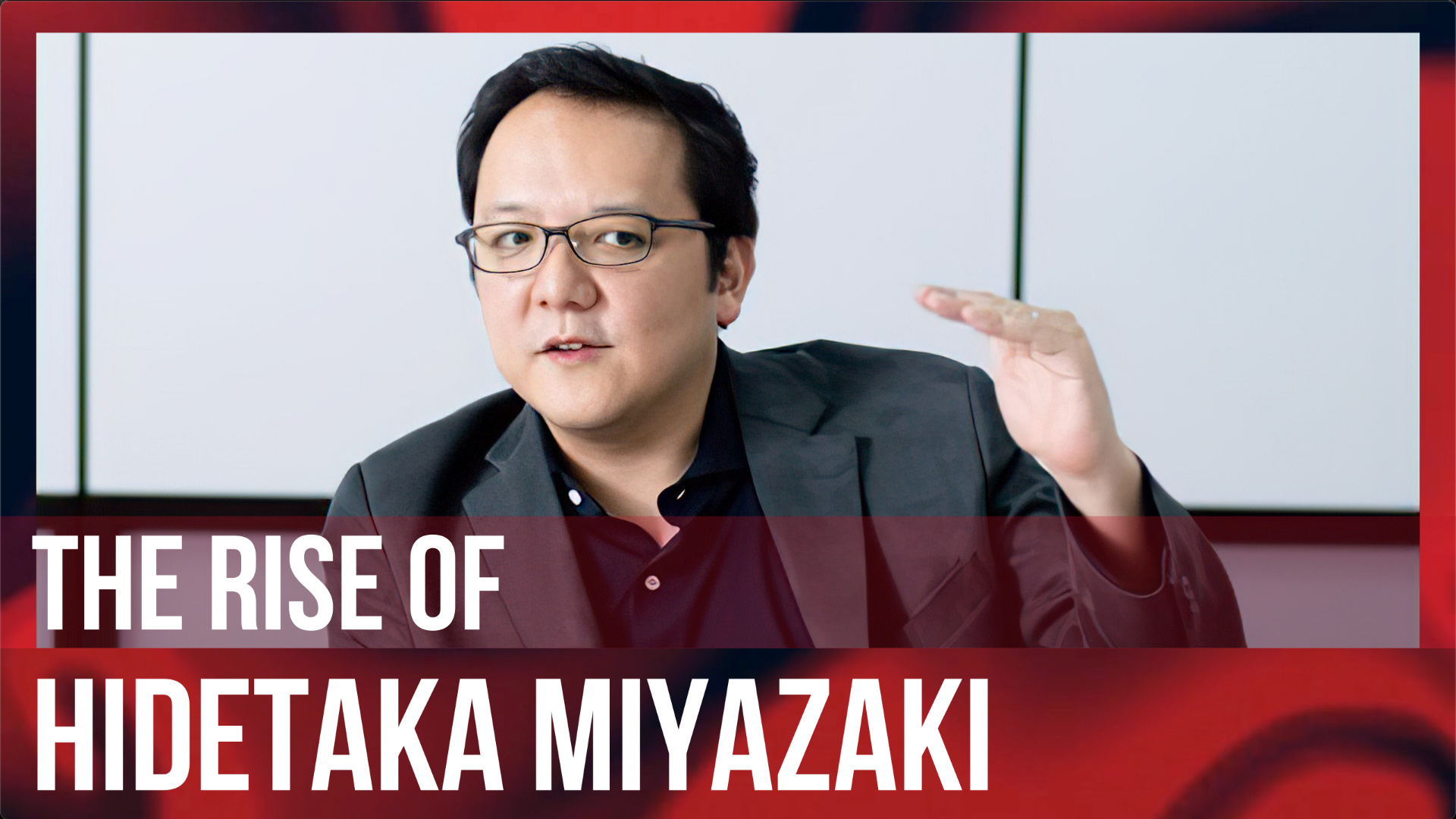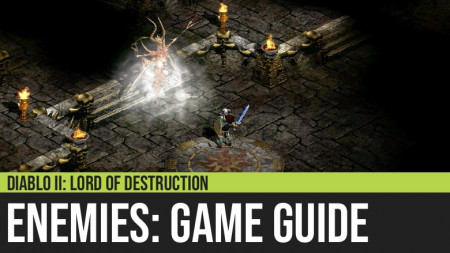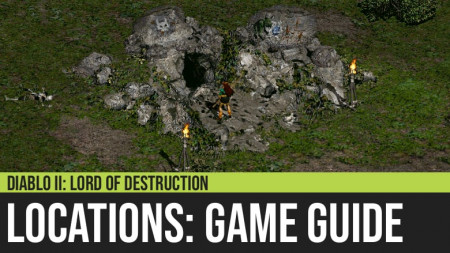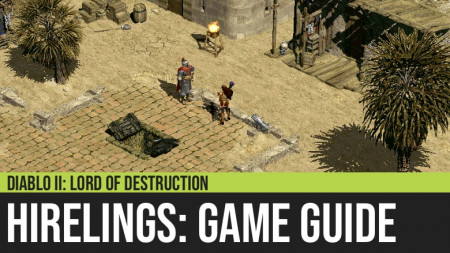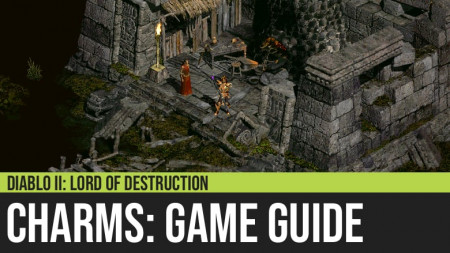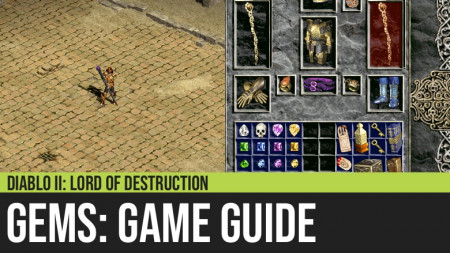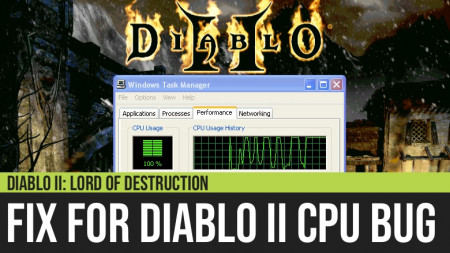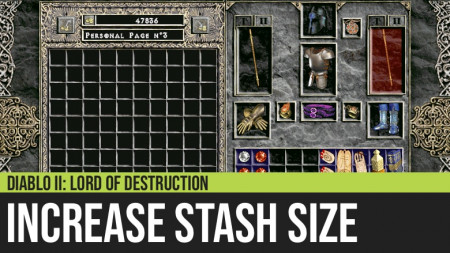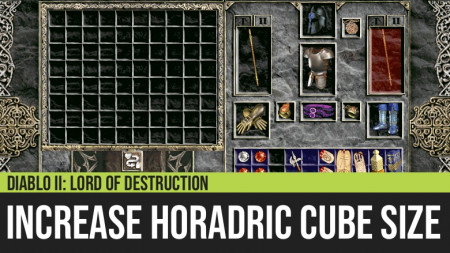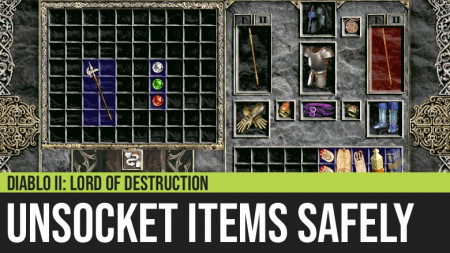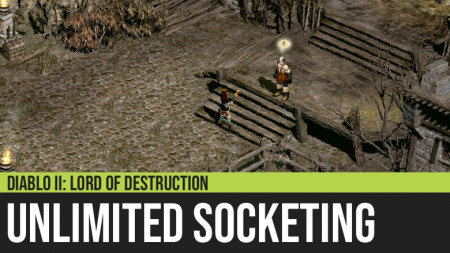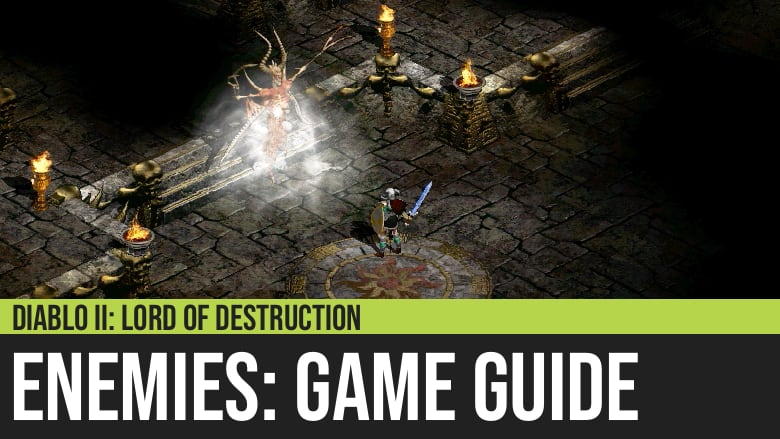
Diablo II: Enemies Guide
The real stars of the Diablo games are the monsters, more than the loot, or the heroes, or the characters you meet in your adventure. You play the game because of these enemies. You collect the loot to fight these monsters, and without them, there is no tension or challenge in the game. The value of your item collection is only proportional to the power of the creatures you will slay.
Diablo II has a large variety of monsters, as compared to other action and adventure games, like Zelda or Dark Souls or Monster Hunter.
Enemy Categorization
Diablo II has an interesting monster categorization, one that you will rarely find in other games. This categorization relies on simplicity; however, it has depth, making it one of the strongest features of the game. It increases the variety of the enemies, while maintaining familiarity from the player, and at the same time, keeping development costs low for the designers.
For example, in the game Legend of Zelda: Breath of the Wild, the designers decided to re-use the same monsters, but change their color as the hero becomes stronger. The change in the color of the monsters signifies their growth in health and attack power. However, it stops there. There is no change in the behavior of the monsters - no changes in animation, no changes in their attacks, no changes in how they interact with the hero.
Diablo II is not like that. It can use the same monster but vary its behavior, not just its health pool and attack power. For example, a monster might gain a resistance, or immunity, or a new offensive capability against the hero. This makes the enemies in Diablo II more exciting than most adventure and action RPG out there. It was really designed for long hours of play.
In addition, Diablo uses the concept of named monsters. You rarely see this in other games. For example, in both Zelda and Monster Hunter, all monsters of the same kind are the same. Not in Diablo II. Some monsters have names, which makes them unique and memorable. Diablo II even created two categories for such monsters, called Unique Monsters and Super Unique Monsters.
Categories of Diablo II Monsters
Standard Monsters
These are the base monsters of Diablo II. Even at this level, the monsters have a large variety - every standard monster in Diablo II has a variant.
To make it simple, consider these two terms from Biology: Specie and Breed. A dog is a specie that is different from a wolf or a monkey. However, a Pitbull is a breed and belongs to the same dog specie as that of a Dalmatian breed.
In the same way, the standard monsters of Diablo II have variety. Instead of the words "specie" and "breed," Diablo II uses the words "class" and "variant."
For example, the monster class Zombie has the following variants.
Class: Zombie
Variants: Zombie, Hungry Dead, Ghoul, Drowned Carcass, Plague Bearer
And so on. And we are just at the base level, the standard monsters. No other game has this kind of depth when it comes to monster classification. A similar franchise that comes a little close is Monster Hunter, but even that game falls short to the simplicity and depth of the monster variety and mechanics in Diablo II.
Champions
Champion monsters are stronger versions of Standard monsters. How do you know if you are facing a champion or a standard monster? Champions appear with blue color names. Each of these names will be randomly generated and will give the monsters different bonuses, depending on the resulting name. Champions have a higher chance of giving better loot than Standard monsters.
The Champion category is further divided into five sub-categories. During the release of Diablo II, there were no sub-categories, just plain champions.
All the five Champion sub-categories below have an increase in monster level, experience, and hit points.
- Champions - the original version of champion monsters. They are faster, stronger, and bulkier.
- Ghostly - these monsters appear transparent. They have high physical resistance but very slow.
- Fanatic - these monsters move and attack much faster. They are also less damaged by non-melee characters.
- Berserker - these monsters have a huge increase in attack power and attack rating, plus they are much bulkier.
- Possessed - these monsters have a massive amount of health. They are also immune to curses.
Unique Monsters
Unique monsters are even stronger than Champion monsters. How do you know if you are facing a unique monster? A unique monster will always have a golden-colored name. They are called unique because there is only a single instance of them in the current game. However, this name will be random, and the location where you will meet the monster will also be random.
Unique monsters are stronger than champions because they always spawn with additional abilities. Each time a unique monster is generated, random bonus abilities are added to it. Also, unique monsters always appear with a small pack of Standard monsters called minions. Similar to Champions, they also give more loot to the player.
Super Unique Monsters
We shared above that Unique Monsters are generated in random locations in the game. What happens if we have a Unique Monster that is always generated in a fixed location? Then you will have what is called Super Unique Monster. Not only do they have a known place in the game, but their names are also fixed, and hence, their attributes and bonus abilities.
Super Unique Monsters are the strongest category of monsters in the game. They include the most popular enemies in Diablo II, like the act bosses and the quests minibosses.
The Super Unique Monsters can be further divided into sub-categories, depending on when you meet them in your gameplay.
- Minibosses - these are Unique monsters that you might typically miss unless you explore every hidden area in your gameplay. They are not required to progress the story or to complete a quest. They are just there in their fixed location, waiting for the hero to give them a visit. For example, Eldritch the Rectifier is a Super Unique monster who is located near the first waypoint of Act V. You might miss him depending on the path you take in the game.
- Quest Bosses - these are mandatory Unique monsters that you have to slay to complete a quest. They could not be missed if you are completing all the quests. For example, Blood Raven is the first Super Unique in the game that is required to be defeated to complete the quest Sisters' Burial Grounds.
- Act Bosses - these are the final boss monsters you face at the end of an act. Not only are they unmissable, but you also could not progress the game without defeating them. For example, Andariel is the first act boss you are required to slay to reach Act II.
- Uber Bosses - these are the stronger versions of existing Super Unique bosses in the game. They are meant to be a challenge for the most ardent Diablo II players and are only available online.
